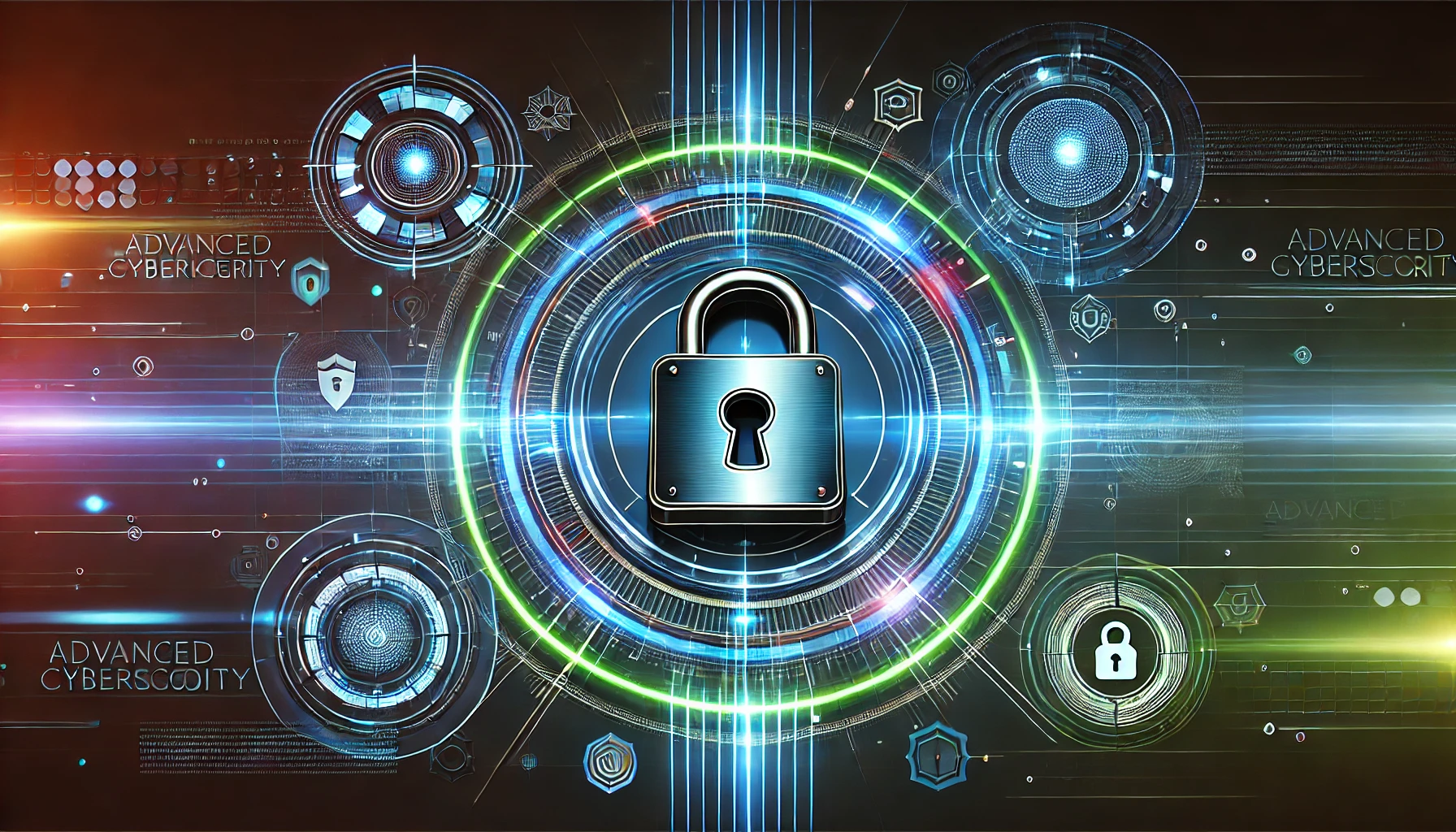
How to Stay Ahead of Emerging Threats”
The digital world is more interconnected than ever before, and with it comes a complex landscape of cybersecurity challenges. In 2024, new trends are emerging that shape how organizations and individuals protect themselves from ever-evolving cyber threats. Staying ahead in this dynamic field requires understanding these trends, adapting to them, and fortifying defences.
1. The Growing Role of AI in Cybersecurity
Artificial intelligence (AI) has become a double-edged sword in the realm of cybersecurity. On one hand, AI-driven tools can identify anomalies and detect threats with unprecedented speed. On the other, cybercriminals are also leveraging AI to create more sophisticated attacks.
- AI-Powered Threat Detection: Modern cybersecurity solutions now integrate machine learning algorithms that can adapt and learn from new attack patterns, reducing the time it takes to detect breaches.
- AI and Phishing Attacks: Cybercriminals use AI to craft convincing phishing emails that bypass traditional security filters.
Tip for Businesses: Ensure your cybersecurity software leverages AI and regularly updates its threat detection models.
2. Zero Trust Architecture (ZTA)
Zero Trust is more than a buzzword; it’s a critical security framework that many organizations are adopting. Unlike traditional models that rely on perimeter security, Zero Trust operates on the principle that no entity, whether inside or outside the network, should be trusted by default.
- Why Zero Trust Matters: With remote work and mobile access becoming the norm, the perimeter is now more porous, making ZTA essential.
- Implementing ZTA: Incorporate strict verification, least-privilege access policies, and continuous monitoring into your IT strategy.
Case Study: A multinational company reduced data breaches by 40% after adopting Zero Trust principles.
3. Enhanced Cloud Security Measures
With the surge in cloud adoption, securing cloud infrastructure has become paramount. The shared responsibility model emphasizes that while cloud providers secure the infrastructure, businesses must secure their data within it.
- New Cloud Security Tools: Providers like AWS, Azure, and Google Cloud have rolled out advanced tools for real-time threat monitoring and compliance management.
- Multi-cloud Environments: Managing security across multiple cloud platforms presents unique challenges, making unified cloud security solutions essential.
Best Practice: Regularly audit your cloud environments and enforce encryption at all levels.
4. Mobile and IoT Vulnerabilities
The Internet of Things (IoT) is expanding rapidly, with everything from home appliances to industrial machines connecting to the internet. This growth comes with increased vulnerabilities.
- Rising Threats to IoT: Hackers exploit weak security in IoT devices to launch DDoS attacks or infiltrate networks.
- Mobile Device Management (MDM): Organizations should use MDM solutions to secure mobile devices used by employees for work.
Advice: Segment your network so that IoT devices cannot directly communicate with critical systems.
5. Quantum Computing and Its Implications
Quantum computing is on the horizon and poses a significant threat to traditional encryption methods. Algorithms like RSA and ECC, widely used for secure communications, could be rendered obsolete by quantum computers capable of breaking them.
- Quantum-Resistant Encryption: Efforts are underway to develop quantum-resistant algorithms that can withstand these advanced computing capabilities.
- Future-Proofing: Organizations should stay informed and be ready to shift to quantum-safe cryptographic methods.
Expert Insight: The National Institute of Standards and Technology (NIST) is already working on finalizing post-quantum cryptographic standards.
As we move through 2024, cybersecurity will continue to evolve alongside technology. By understanding these trends and adopting proactive measures, individuals and organizations can stay resilient against emerging threats.
